- Home page
- Tourism
- Discover
- Bordeaux and Gironde
- Discover
- Tourism
Bordeaux and Gironde
Automatic translation
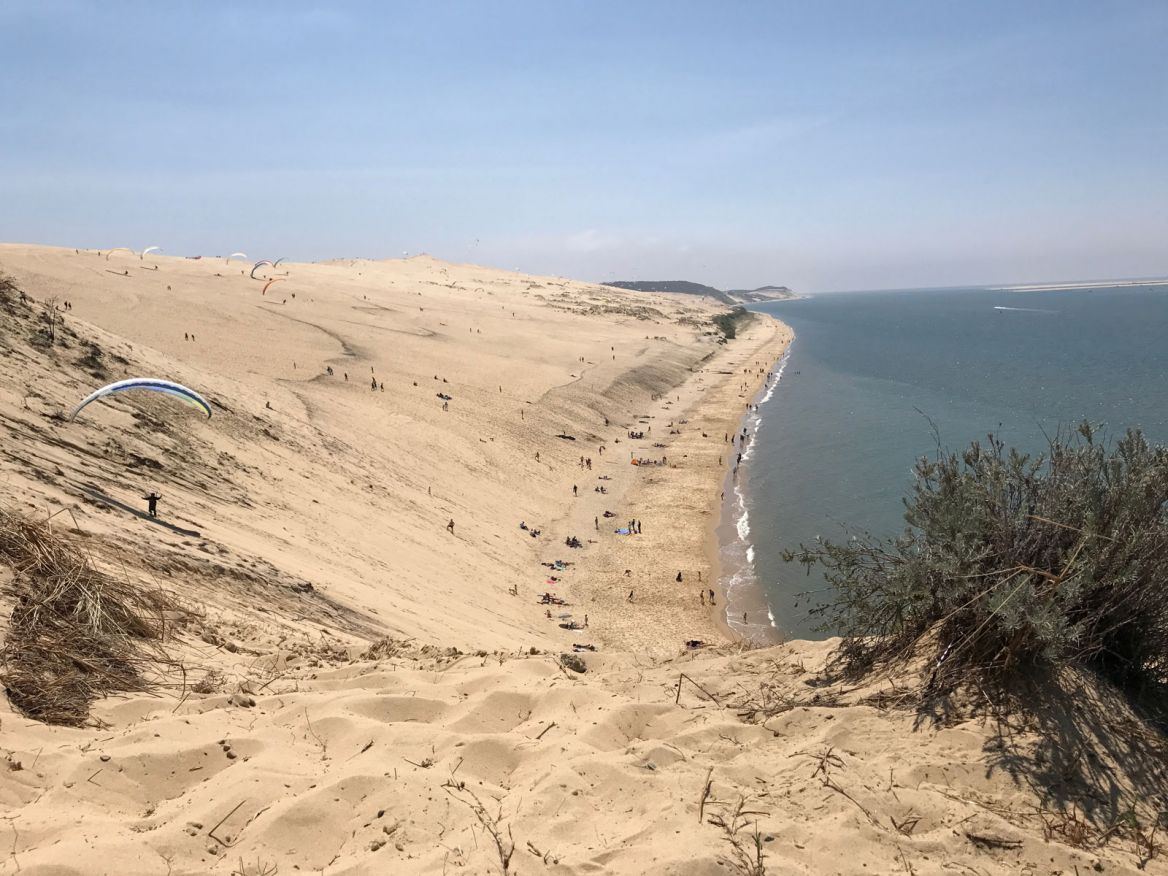
GEOGRAPHY
BORDEAUX AND GIRONDE, A TERRITORY OF RECORDS
Bordeaux and the Gironde are a story of waters and lands intimately intertwined. The region is located in a 70 km estuary, from the Cordouan lighthouse to Bordeaux. You will also find small islands created by sediments, a basin dotted with oyster ports and bordered by beaches, immense lakes, 123 kilometers of Atlantic coastline. From the Pointe de Graves to Cap Ferret, the tumultuous ocean reveals clear waters and wonderful stretches of blond sand.
Bordeaux flirts with the Garonne, which can be admired along the quays, just like the cruise ships that moor at the Port de la Lune and make you want to escape. Bordeaux has everything a great regional capital has to offer. Beautiful by day and by night, the city of art and history is a UNESCO World Heritage Site (like Saint-Emilion and Blaye) and offers itself to visitors like a jewel.
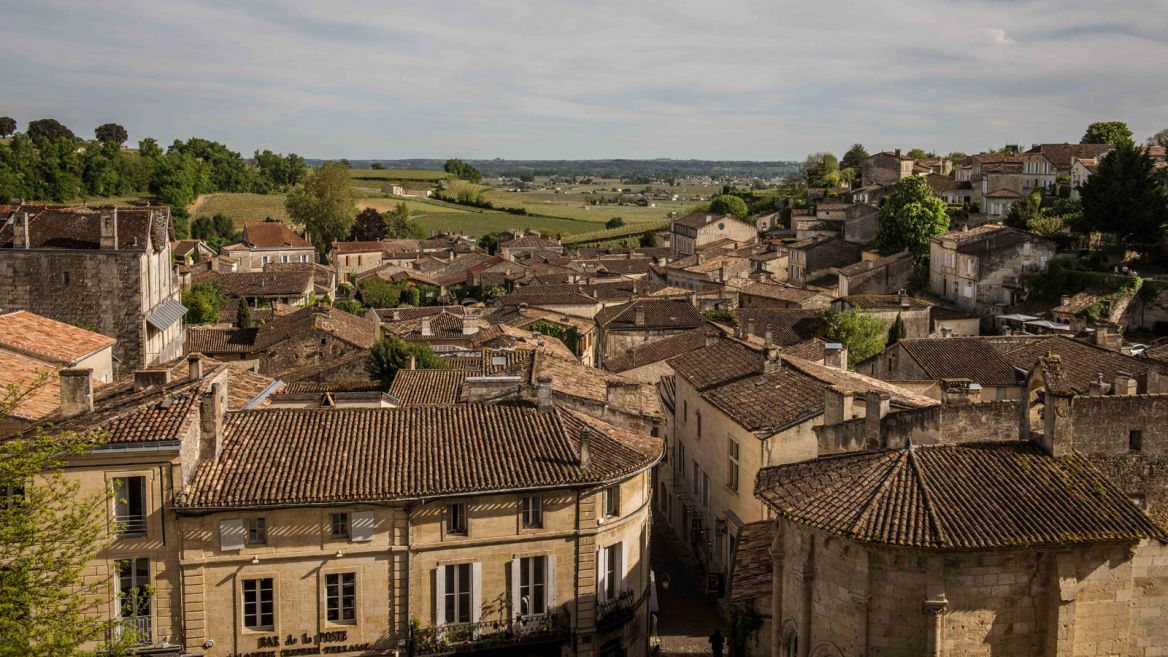
Bordeaux and Gironde are also a story of vineyards, the largest AOC vineyard in the world. Let's be chauvinistic, it is also the most famous, with prestigious châteaux and 60 appellations!
This department holds the record for the largest forest in Europe with 388,000 hectares of pine forest. Another record, the Dune of Pilat is the highest dune in Europe. Climbing it requires breath. It is also a good physical workout. Once at its summit, it offers one of the most beautiful panoramas of the Banc d'Arguin, the Bird Island, the huts on stilts and the tip of Cap Ferret. It would even be, according to the British daily The Guardian, the second most beautiful beach in the world.
The department, the 2nd largest in France, has nearly 1.5 million inhabitants, including 242,945 for the capital Bordeaux alone. Its sub-prefecture cities: Blaye, Langon, Lesparre-Medoc, Libourne and Arcachon, are full of history. Between the Atlantic Ocean and the Arcachon basin, pine forests, city center and authentic hinterland, Bordeaux and the Gironde invite you to get away from it all, to the sweetness of life, to getaways with your lover, family, or friends around a glass of Bordeaux, to be enjoyed in moderation.
The department also has some fine industrial gems, such as aeronautics, automobiles, high technology and the pharmaceutical sector. Tourism, vineyards, forestry, livestock farming and port traffic also provide the local economy with many development prospects.
climate
UNDER THE SUN EXACTLY
Bordeaux and the Gironde benefit from a temperate climate thanks to the ocean front and the Bay of Biscay, with very mild winters and dry, hot summers, refreshed by a pleasant little sea breeze. The sunshine on the Arcachon basin and the coast is significant. Ideal weather conditions for a sure-fire successful holiday or weekend.
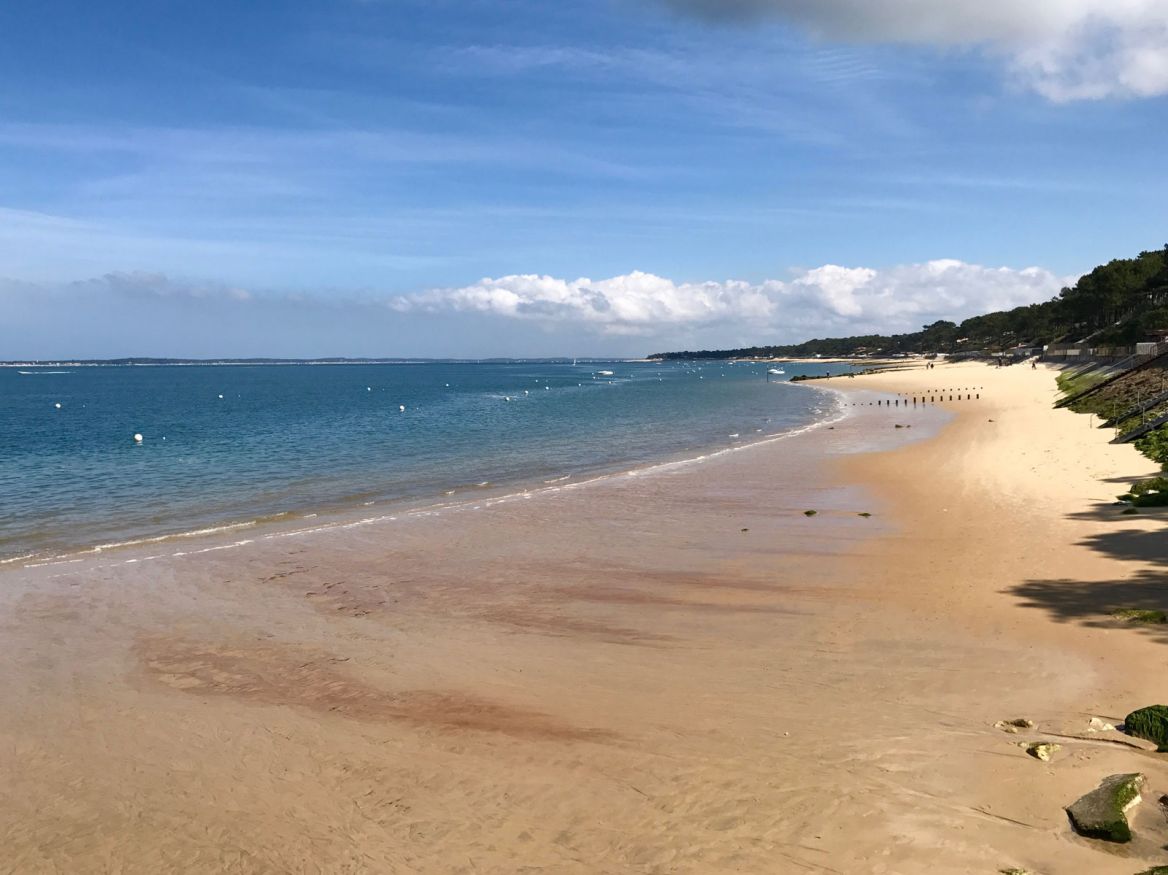
history
ADDRESSING HISTORY
The department, which owes its name to the Gironde estuary, has not always had this eponymous name. Born during the French Revolution, it was first called the Bec-d'Ambès department. It is made up of three entities that have their own history: Bordeaux and its urban area, part of the Landes de Gascogne and Gironde Guyenne. The history of the department is linked to that of its province, Aquitaine. Human presence is attested to as early as the Paleolithic, as evidenced in particular by the Pair-Non Pair cave.
The Gallic tribes settled in Gironde in the 2nd/3rd century, then Burdigala, the Roman one, was born.
In the Middle Ages, the monks founded Saint-Emilion, Saint-Macaire, La Sauve-Majeur. In 1137, Eleanor of Aquitaine married Louis VII. After her divorce, Eleanor of Aquitaine, through her remarriage to Henry II Plantagenet in 1152, brought the region into perfidious Albion. It was not until 1453 and the Battle of Castillon, near Saint-Emilion, that the province became French again.
We will see the construction of bastides such as Libourne, Créon, Sainte Foy la Grande, Sauveterre de Guyenne. The Hundred Years' War, then the Wars of Religion, will be the occasion of many troubles between Huguenots and Catholics. The 16th and 17th centuries will see the appearance of military citadels Blaye, Fort Médoc, Fort-Paté, a defensive triptych set up by Vauban on the estuary, but also some Renaissance castles in Vayres and Cadillac.
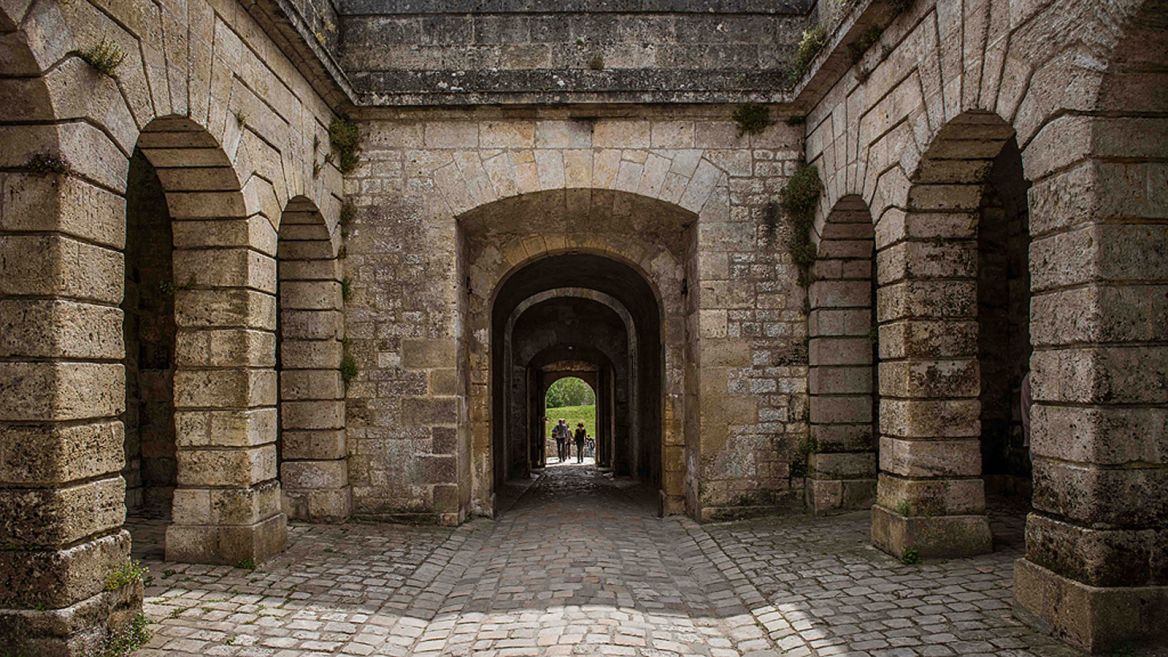
Bordeaux experienced prosperity in the 18th century with the slave trade . It was at this time that the following were built in Bordeaux:
- The Grand Theatre ;
- The Rohan Palace (current town hall);
- The private mansions of the Triangle and Chartrons districts;
- The first wine châteaux as well as the Place Royale de Bordeaux - now Place de la Bourse - and the Tourny alleys. During the revolution, the Gironde paid a heavy price for republican ideas.
The department experienced strong development in the 19th century. Most of the castles and wine estates were built. The arrival of the railway led to the creation of the seaside towns of Arcachon and Soulac-sur-Mer. The Pierre bridge over the Garonne and several works of art designed by Gustave Eiffel were built. It was in the second half of the 19th century that the maritime pine forests were planted.
The Gironde of the 20th century is that of the writer François Mauriac, the actor and filmmaker Max Linder and the politician Jacques Chaban-Delmas, mayor from 1945 to 1994.
In 2006, under the leadership of its mayor Alain Juppé, the city turned towards its river. The quays became popular places for walking again and the tramway gave the city back its appeal.
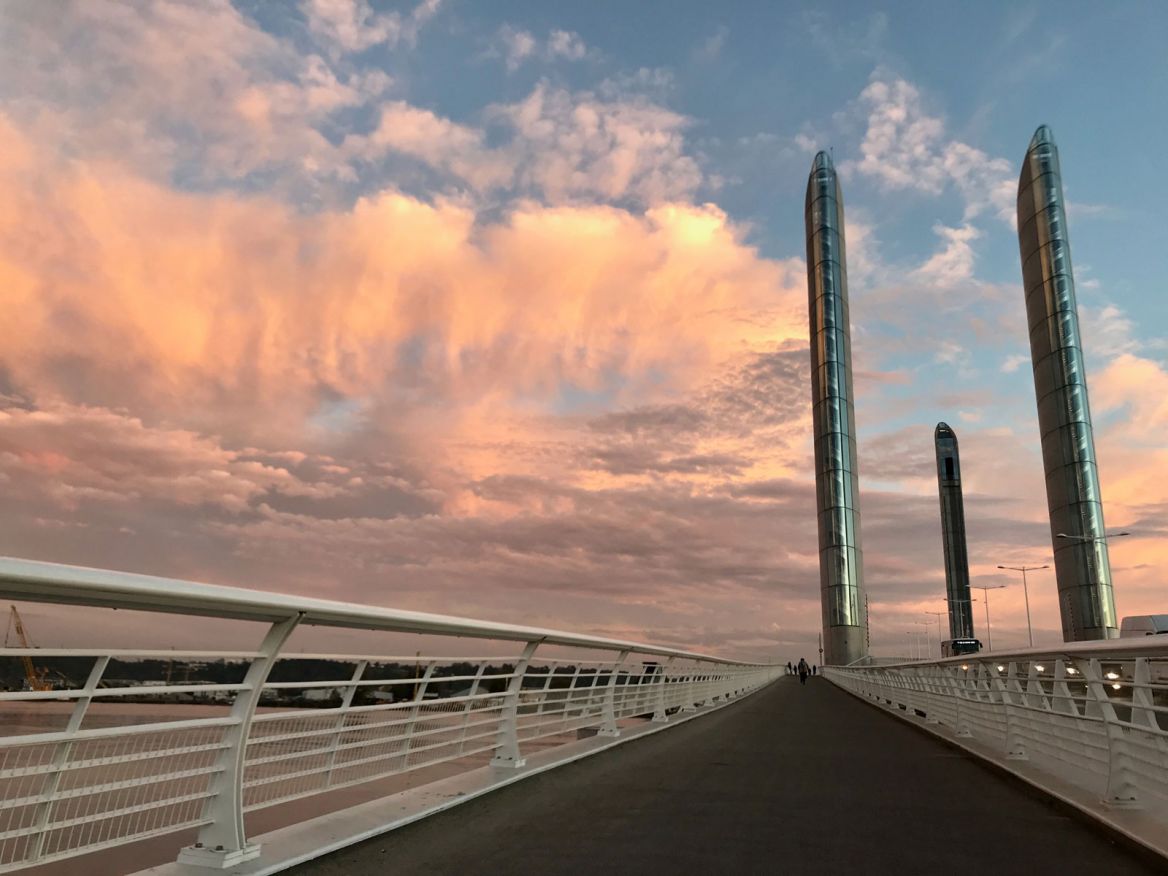
In 2013, the Pont Chaban Delmas, linking the Bacalan and Bastide districts, was inaugurated. The Cité du Vin opened in June 2016… The LGV line arrived in July 2017 and allows many Parisians to live in the Bordeaux region and work in Paris.
Bordeaux, its metropolis and the Gironde form a dynamic territory with a rapidly growing population. There are many students there. Bordeaux cultivates the art of living and let's not forget that Stendhal once wrote "Bordeaux is without a doubt the most beautiful city in France".
discover bordeaux and the gironde
A FAVORITE REGION
We propose to present to you the heritage riches, the unmissable towns and villages, the tourist sites and the natural resources of this land of the South West, now part of the large Aquitaine Limousin Poitou-Charentes region.
- Bordeaux and its surrounding area : Pessac, Mérignac, Le Bouscat, St Medard en Jalles, Lormont, Bouliac, Bègles, Blanquefort.
- The Medoc and the Haut-Medoc : Port Macau, Port d'Issan, Port de Lamarque, Cussac-Fort Medoc, Margaux, Moulis en Medoc, Pauillac, Saint Estèphe, Le Verdon, Soulac, Montalivet, Hourtin, Carcans-Maubuisson, Lacanau.
- The Blayais : Bourg in Gironde, Blaye.
- The Arcachon Basin : Arcachon, Pilat sur mer, La teste de Buch, Gujan Mestras, Audenge, Arès, Piraillan, l'Herbe, Cap Ferret.
- Between the Two Seas : Cadillac, Rions, Sainte-Croix-de-Mont, Saint-Macaire, La Réole, Monségur, Castelmoron-d'Albret, Sauveterre de Guyenne, Rauzan, the abbey of Sauve-majeure, Créon.
- Libourne and Saint-Emilion : Saint Emilion, Montagne, Castillon la Bataille, Sainte Foy la Grande, Libourne, Saint André de Cubzac.
- The Haute-Lande : La Brède, Martillac, Langon, Bazas, Villandraut.
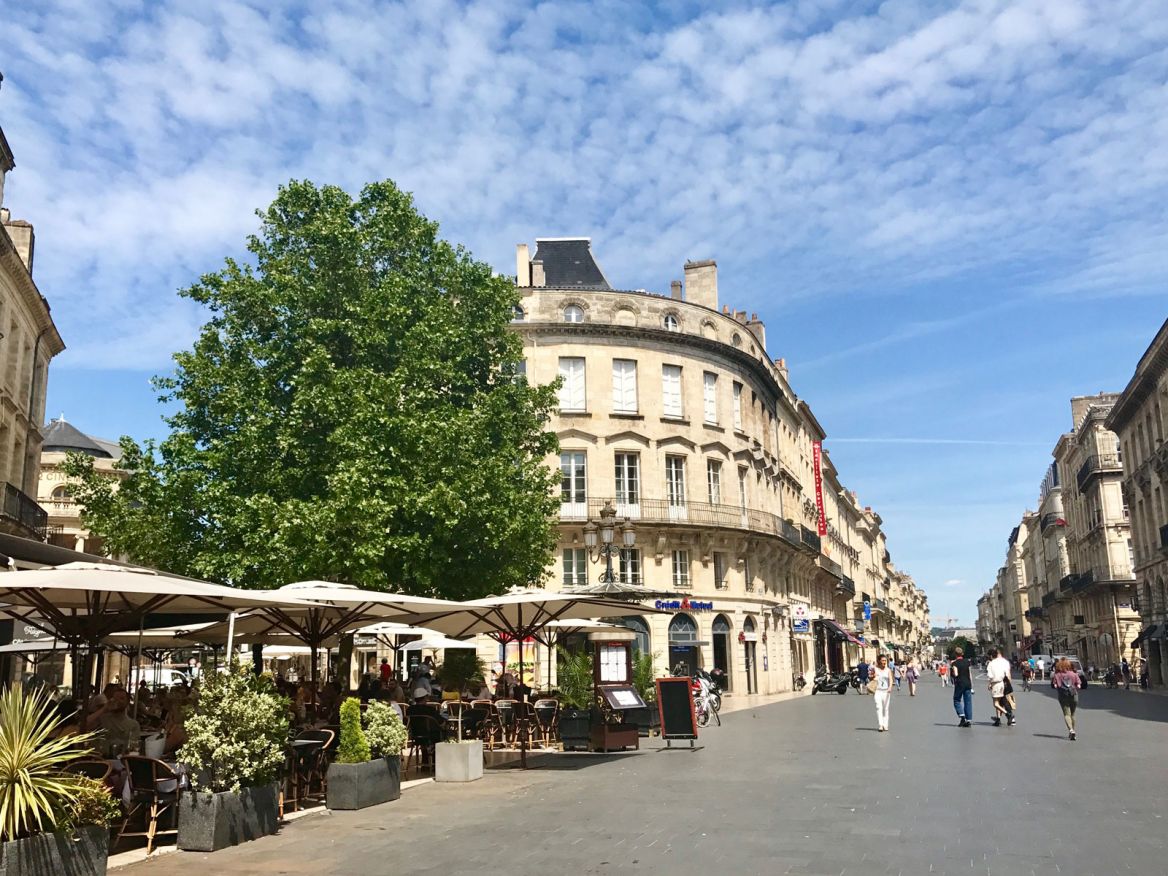
Photo Credits ©Fotolia - ©Philippe Giralt
BEACH BIKES Arcachon
BEACH BIKES Arcachon
Easy to access, the Beach Bikes rental point welcomes you from April to November, 7 days a week. Whether you want to ...
Arcachon
BEACH BIKES Cap Ferret
BEACH BIKES Cap Ferret
Opt for comfort, pleasure and simplicity! Cycle along the Arcachon Bay on your blue bike, with friends or family. ...
Lège-Cap-Ferret
Beach Bikes Arès
Beach Bikes Arès
Want to discover the wonders of the Arcachon Bay in a unique and ecological way? Beach Bikes Arès is your ideal ...
Arès




